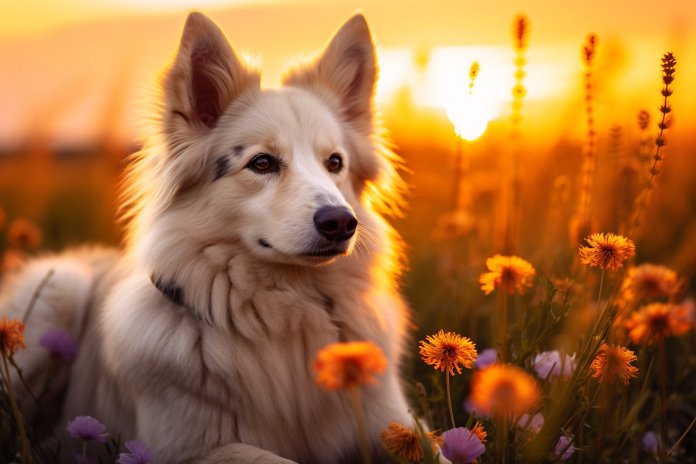
We love our dogs and they bring us so much joy. But do they love us back? Can dogs feel love for other animals or humans? We can tell a lot about our dog’s emotions from their body language and behavior. Dogs can experience basic emotions like sadness, fear, shame, and happiness, but not complex emotions like regret. When a dog is feeling joy, they will play, wag their tail, pant, and jump. They show contentment with relaxed ears and posture, and no furrowed brow. Dogs can feel shame when they know they’ve done something wrong, but they don’t get embarrassed when dressed up in costumes.
Body Language
There are signs to look for when your dog is feeling certain emotions, such as staring, panting, jumping up, wagging their tail, low tail carriage, and dropped ears. Other signs include acting playful, calm behavior, laying on their back, relaxed brow, and relaxed ears.
The History of Dogs’ Feelings
The bond between humans and dogs started with wolves and humans working together over 15,000 years ago. Wolves helped humans hunt, and humans provided food and shelter for the wolves. Over time, wolves became part of human packs and those who were better able to connect with humans were more likely to be bred. Dogs were bred for different tasks and eventually became part of individual families. Dogs developed their sensitivity and intuitiveness through their interactions with humans.
The Science of Dogs Feeling
Dogs do have emotions, but not to the same extent as humans. They have similar brain chemicals that trigger different emotions. Dogs develop their emotions within the first few months of their lives, reaching the same level as a two-year-old. They won’t feel the complexity of emotions that humans feel, but they can experience joy and unconditional love.
Training a Dog to Develop Emotionally
There are important periods of socialization during a dog’s emotional development. Dogs need to experience certain things during these phases to fully develop emotionally. By controlling a dog’s environment and introducing them to different people and dogs, their emotional development can be enhanced. Dogs also imitate our emotions, so showing them positive emotions can help them become more emotionally aware. Reinforcing positive responses to social situations and regularly teaching them new things can also aid in their emotional development.
“Dogs develop to the level of intelligence of a two-year-old, experiencing basic emotions such as sadness, fear, shame, and happiness.”

Tips & Things to Know
1️⃣ Dogs are capable of feeling a range of emotions, such as joy, fear, and shame, but they do not experience complex emotions, such as regret. Their emotional development is similar to that of a two-year-old human.
2️⃣ To assist in your dog’s emotional development, it is important to expose them to a variety of social situations with different people and dogs, especially during their early life stages. This will help them form better emotional connections and become more emotionally aware.
3️⃣ Dogs can also mirror the emotions of their owners. If you show happiness, your dog will likely respond with happy behavior. Reinforcing your dog’s positive responses to social situations with treats and praise can also help in their emotional development.
Frequently Asked Questions, Answered ✅
1. Can dogs feel complex emotions like regret?
– No, dogs can feel basic emotions like sadness, fear, shame, and happiness, but not complex emotions like regret.
2. How can you tell if a dog is feeling joy?
– Signs of joy in dogs include playing, wagging their tail, panting, and jumping.
3. What are the signs that a dog is feeling shame?
– A dog may show signs of shame with a hunched posture, lowered ears, and guilty-looking eyes.
4. Do dogs feel embarrassed when dressed up in costumes?
– No, dogs do not get embarrassed when dressed up in costumes.
5. How do dogs develop their emotions?
– Dogs undergo their emotional development within the first 3-6 months of their lives, similar to the emotional development of a two-year-old human.